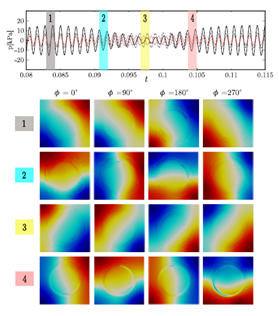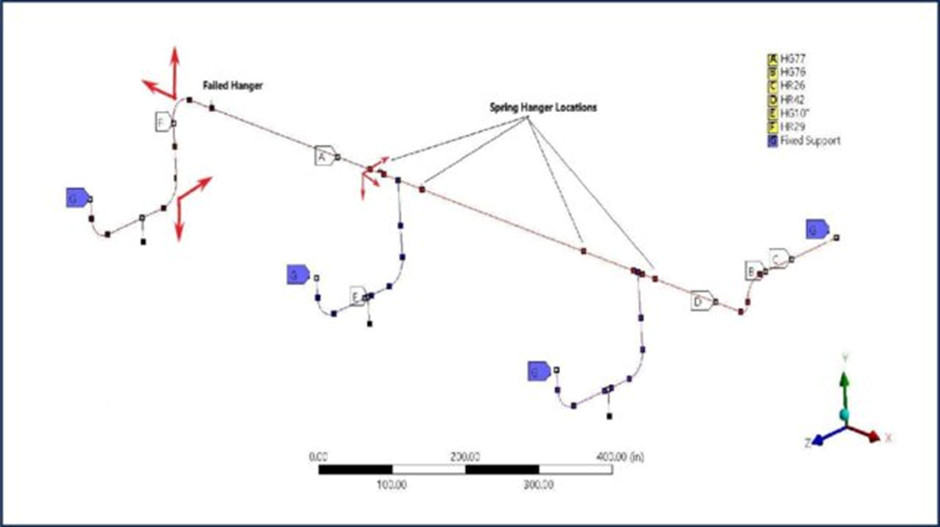Mahmoud is an Assistant Professor of Mechanical Engineering at Nile University in Cairo, Egypt, a Professional Mechanical Engineer, and a Subject Matter Expert in Vibration. He obtained his Bachelor Degree in Mechanical Engineering with honors at Cairo University and completed his doctoral studies at Ontario Tech University in 2019 with a specialization in fluid-solid interaction. Mahmoud authored several research articles in leading scientific journals in the subjects of solid mechanics, vibration, and fluid-structure interaction. He develops detailed models for resonant vibration and noise generation in various structures. His research aims to improve empirical methods to predict occurrence of resonance and explore novel designs to inhibit its negative consequences. As a full-time faculty at Nile University, Mahmoud continues to work on several research and industrial projects that involve solid interaction with flows, with applications in power plant equipment and renewable energy. To help achieve transition into green technologies, Mahmoud explores promising technologies for vibration energy harvesting to develop self-powered sensing methods a wide range of remote applications. His long-term research goal is to develop biologically-inspired designs to address vibration issues in sustainable long-standing technologies as well as advance the development of innovative environment-friendly technologies guided by the flexible mechanics of biological species. Mahmoud currently teaches Solid Mechanics and Thermal Sciences among other courses to undergraduate students at Nile University.
- Fluid-Structure Interaction
- Vibration
- Computational Aeroacoustics
- Thermoacoustics
- Renewable Energy

A Novel Prototype for Energy Harvesting from Low-speed Wind through Nonlinear Magnetically-assisted Galloping

Enhancing Heat Transfer in Heat Pipes through Controlled Vibration

Cost-Effective Desalination by Falling-Film Freeze-Concentration with Minimal Environmental Impact

Prediction of flow-excited acoustic resonance in coaxial burners

Energy harvesting from vibrating flow devices




